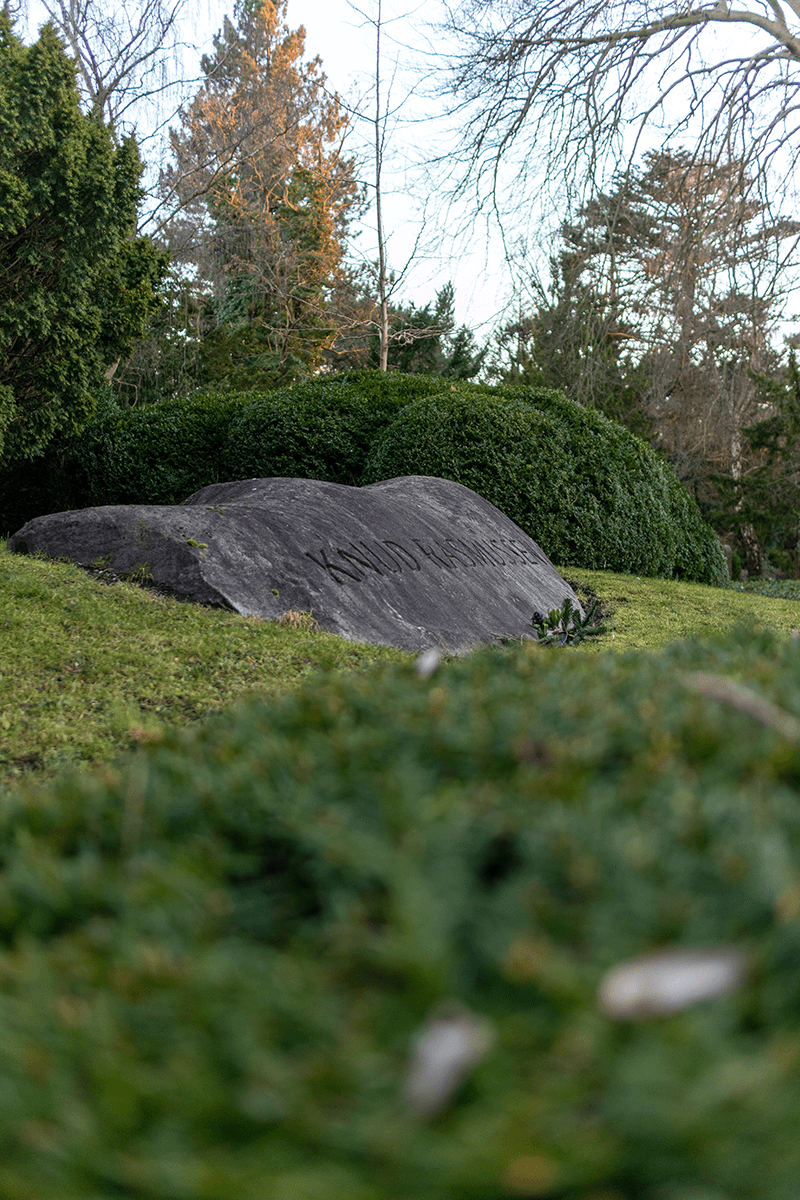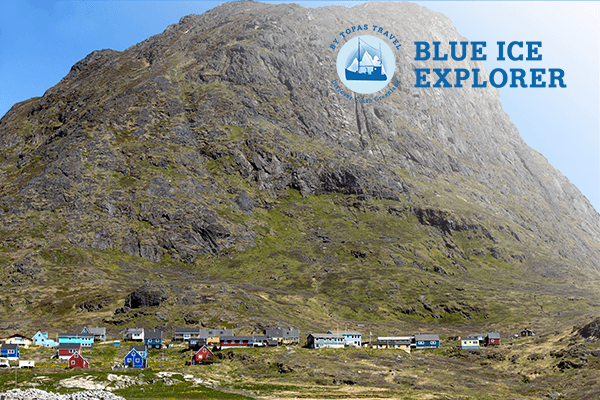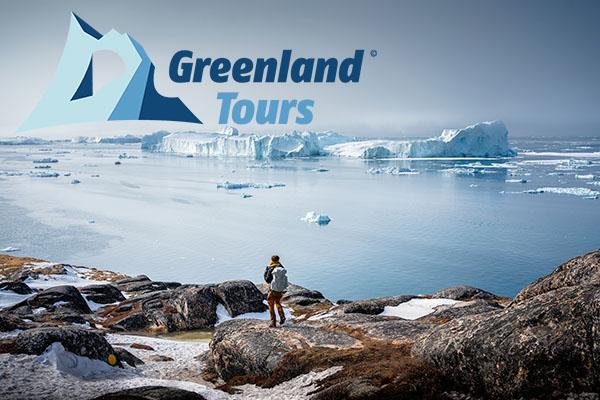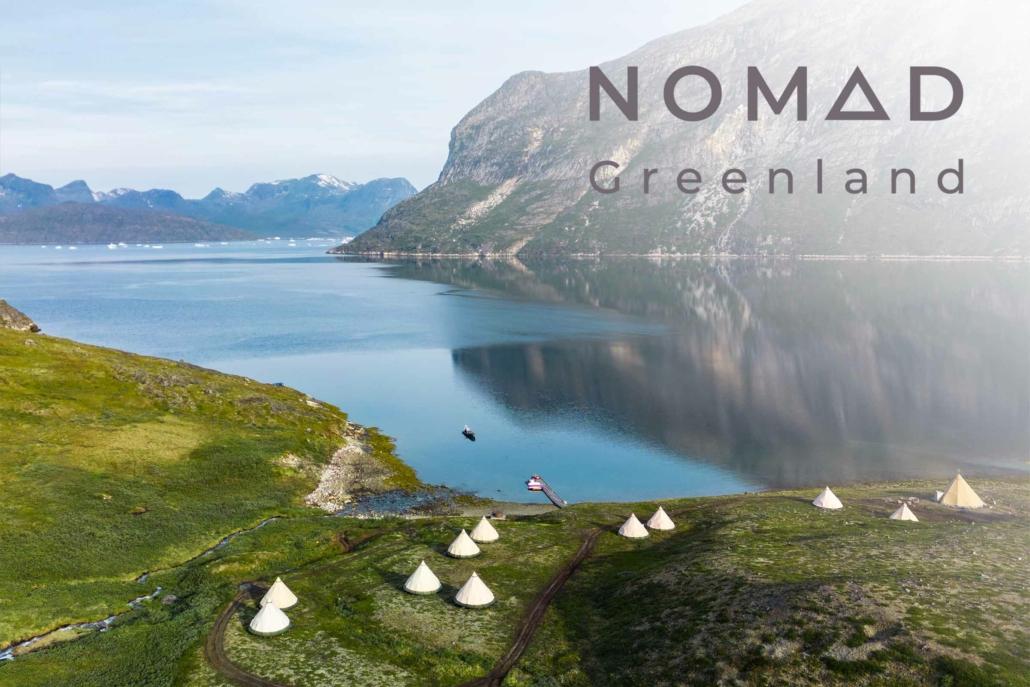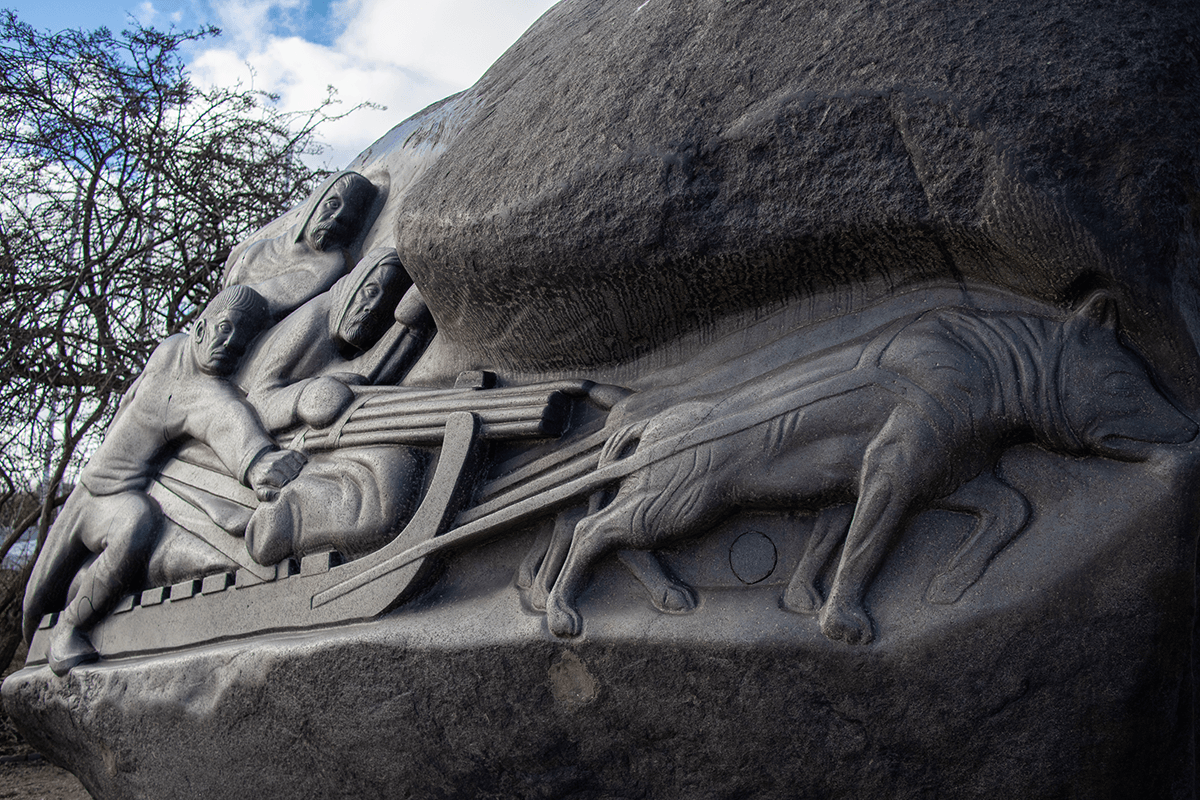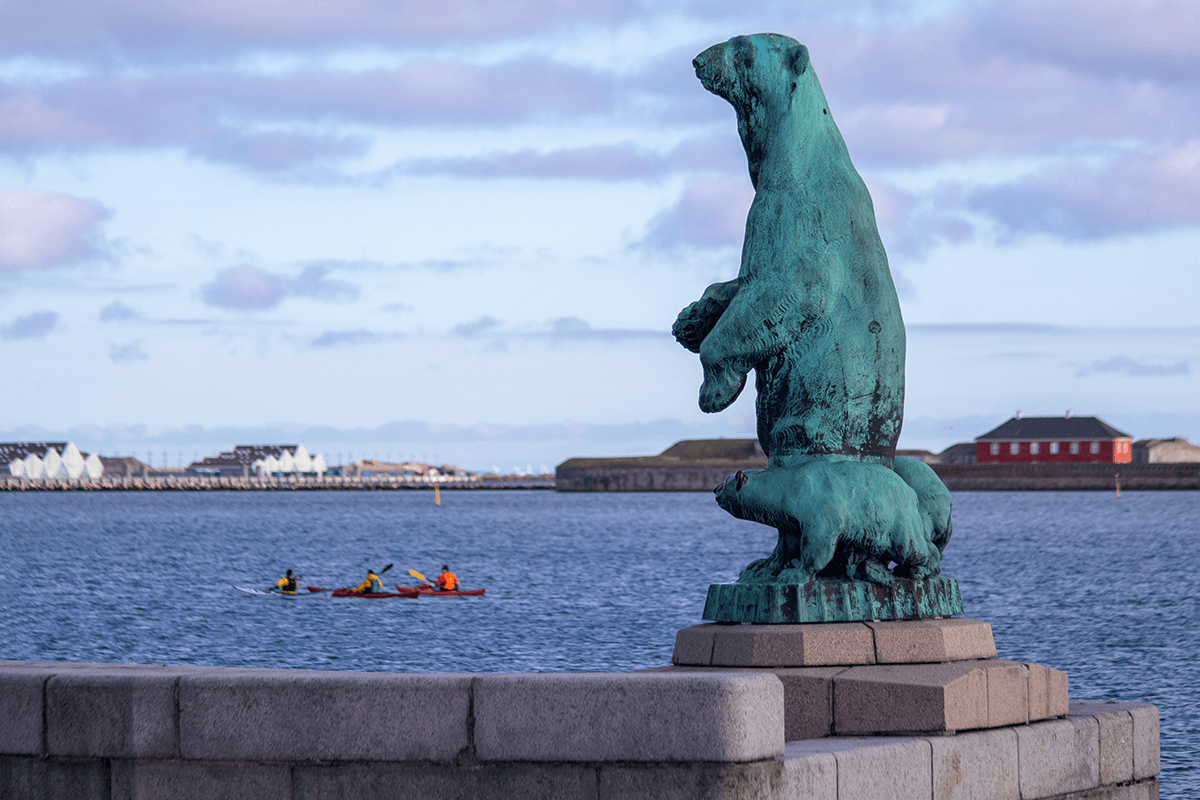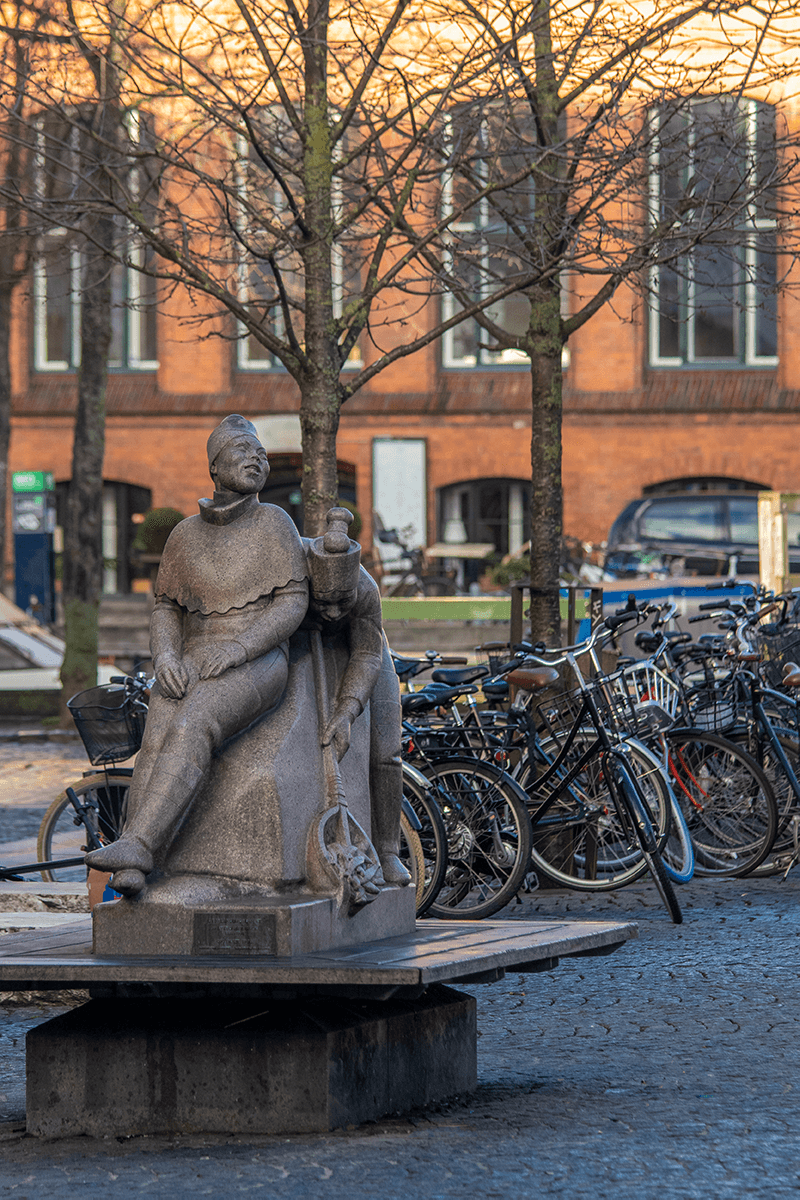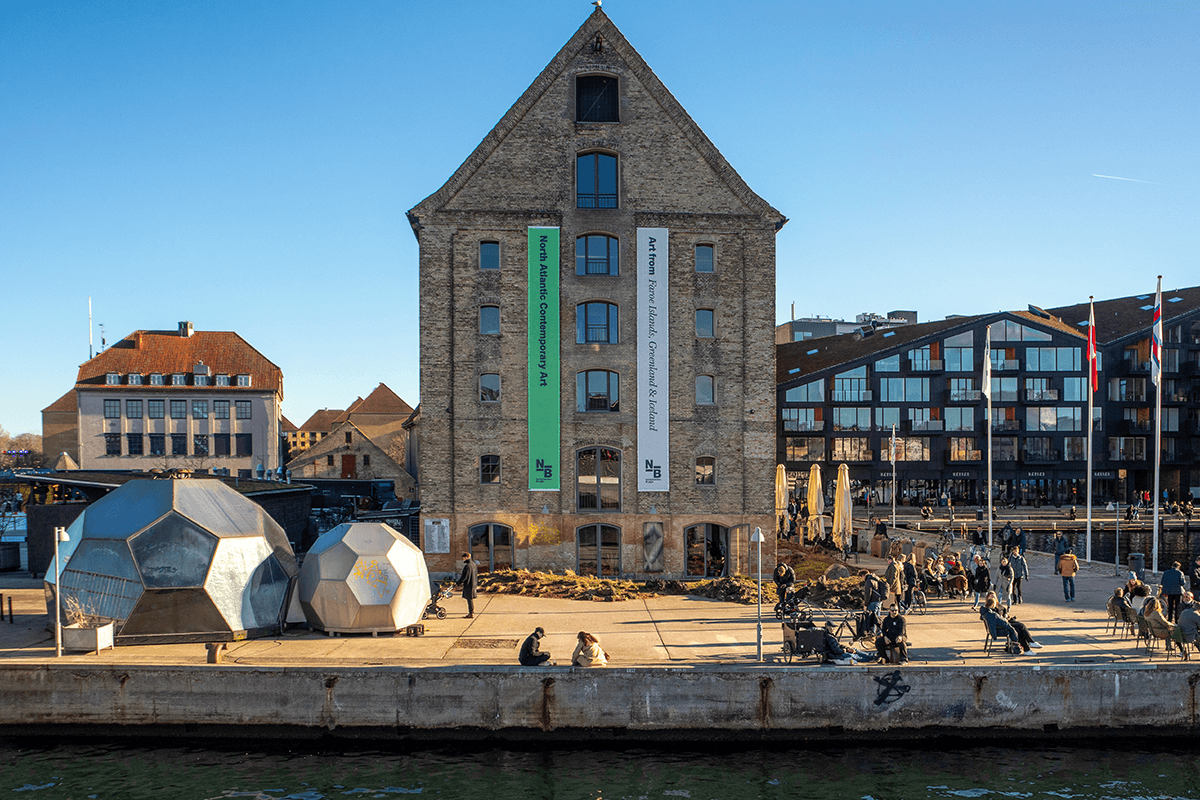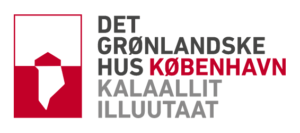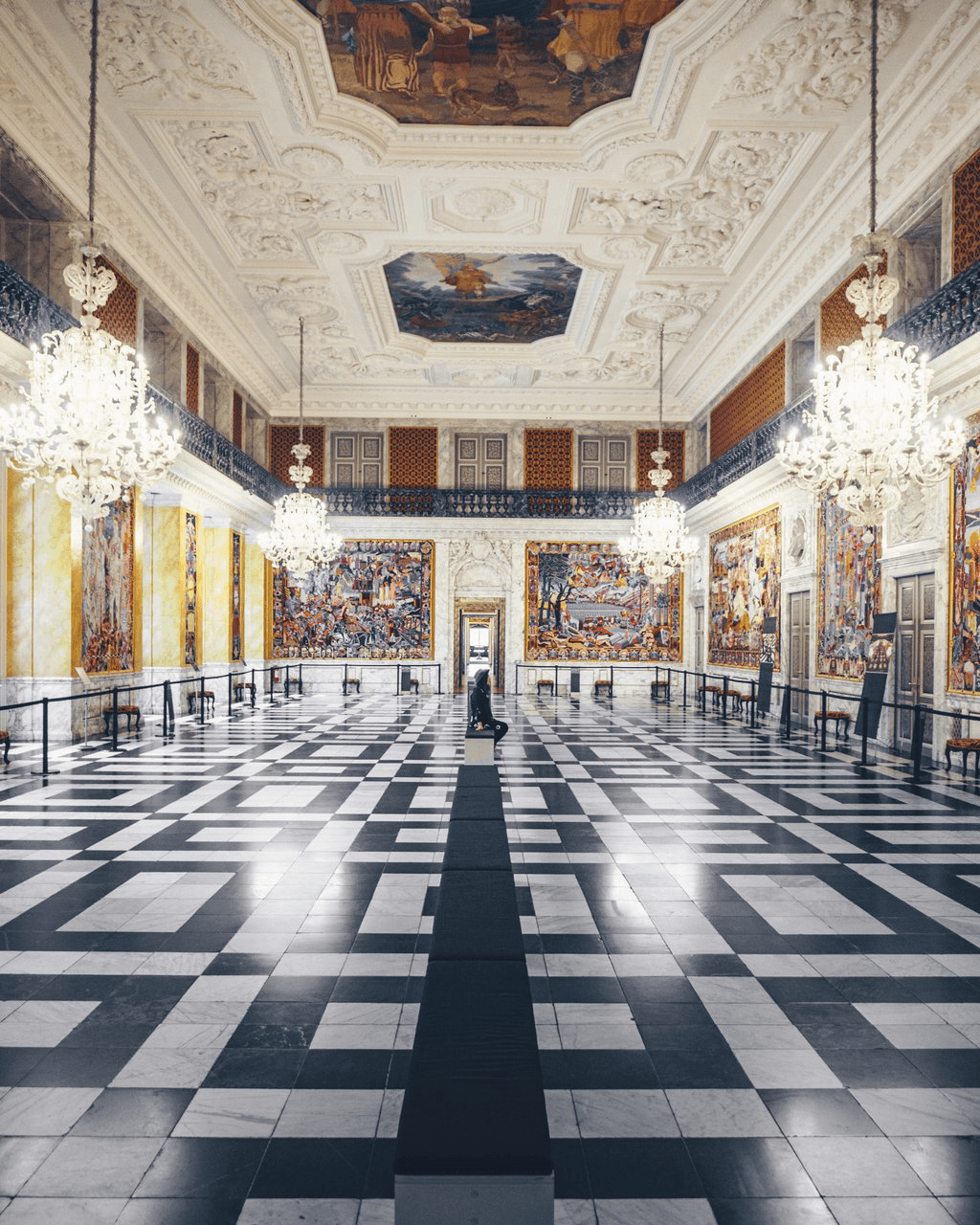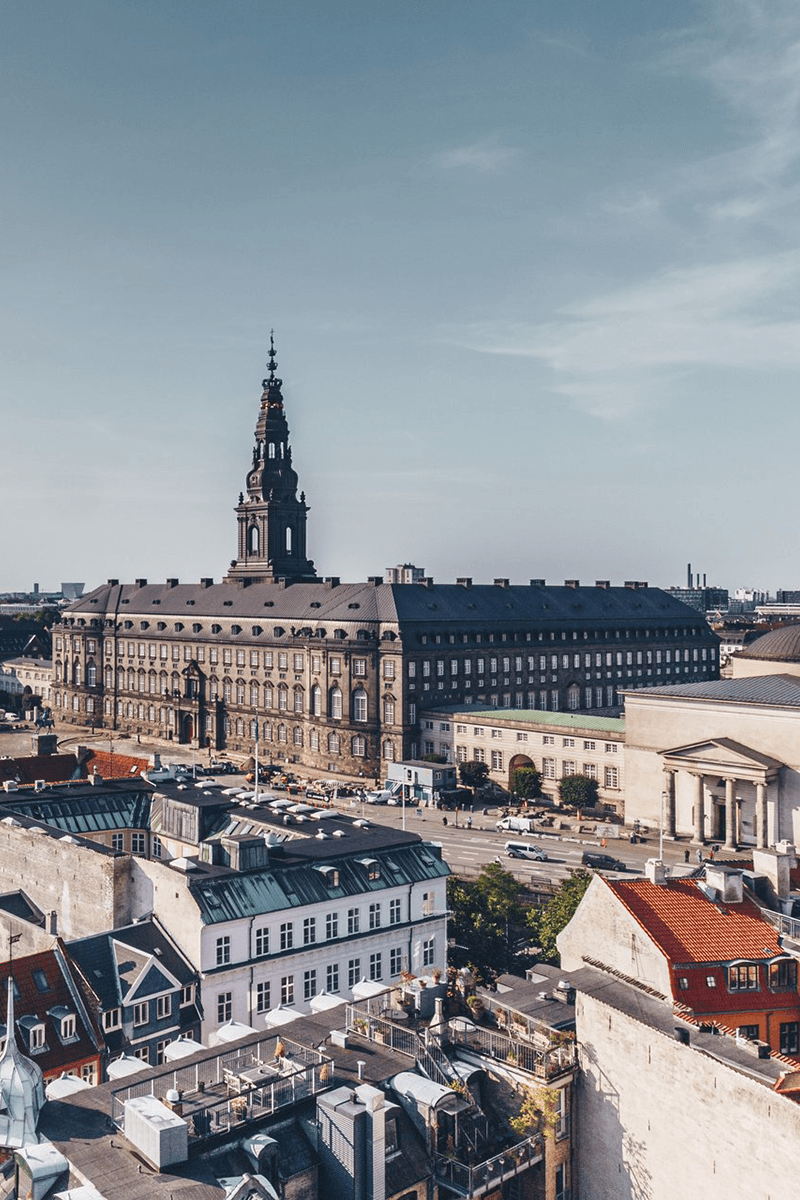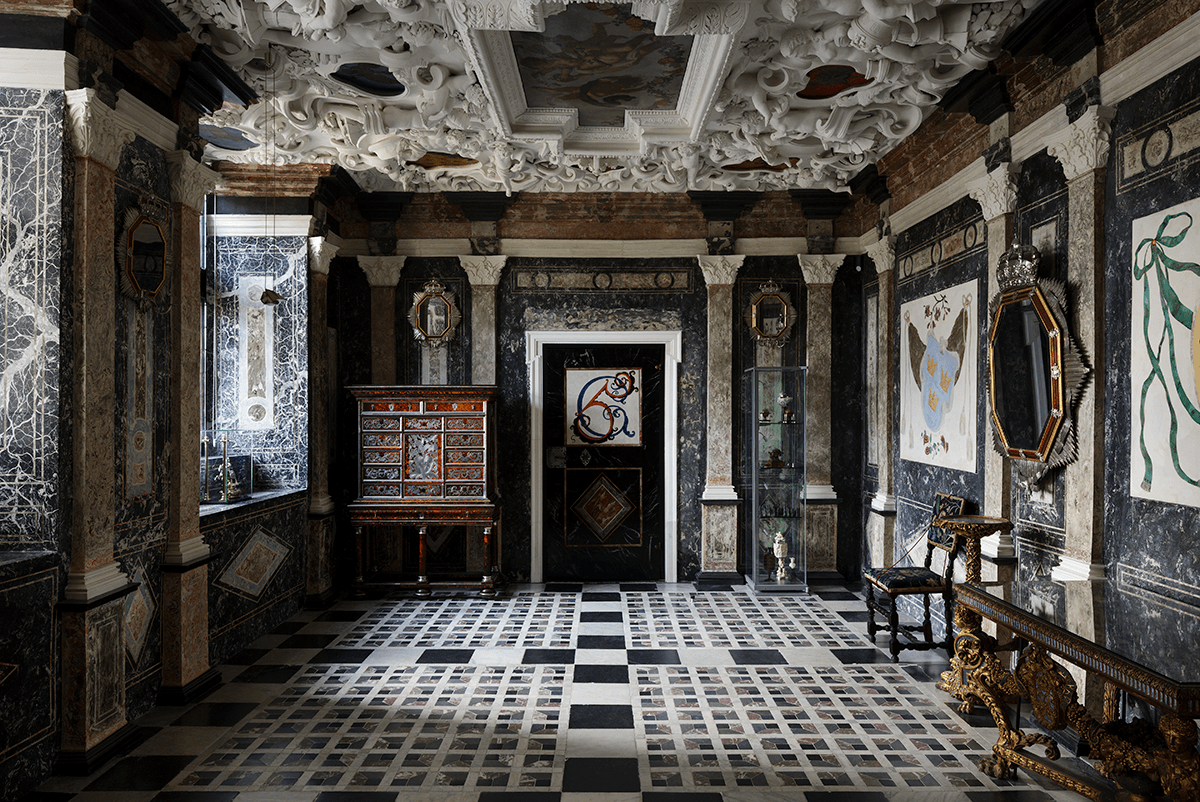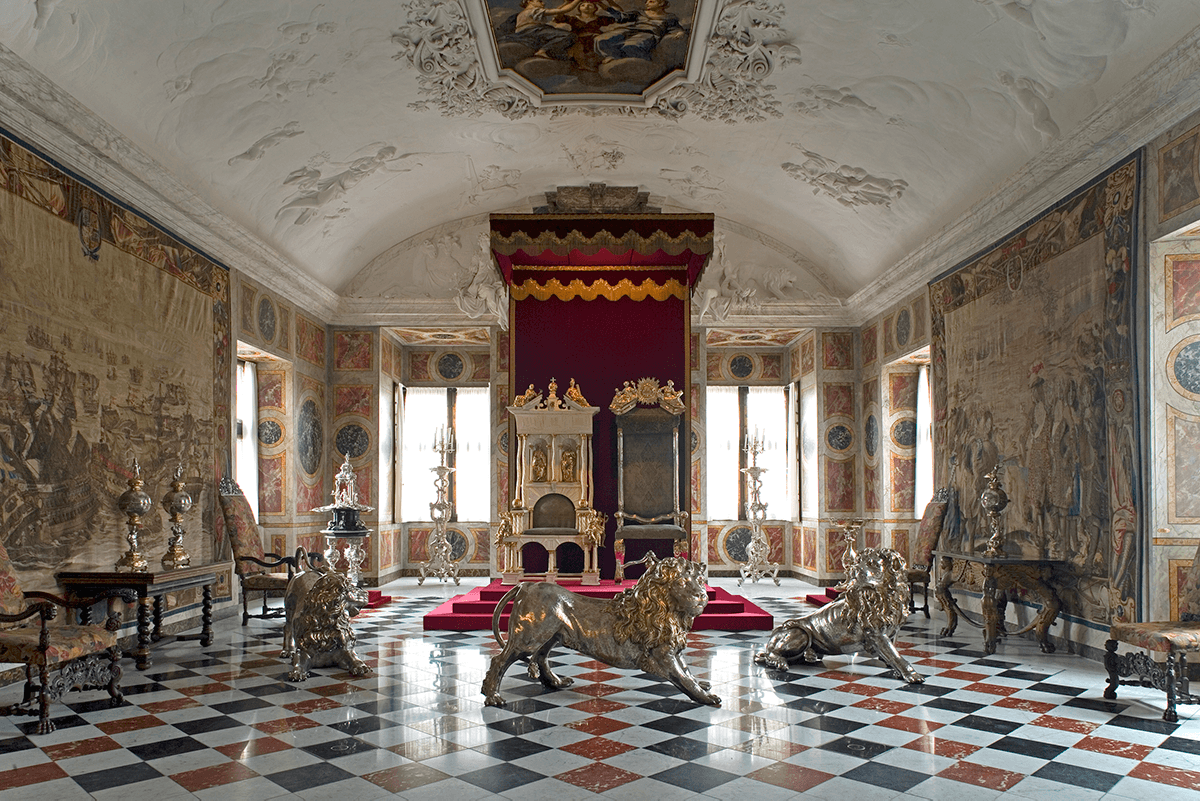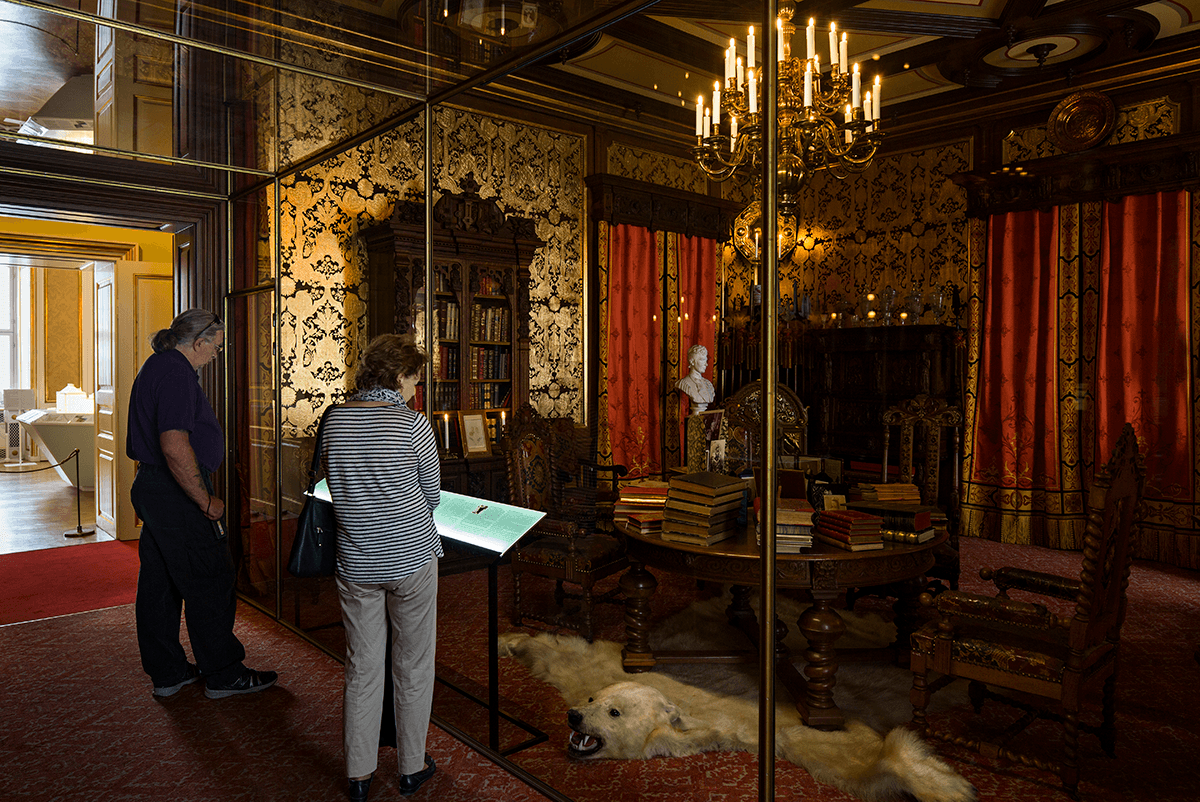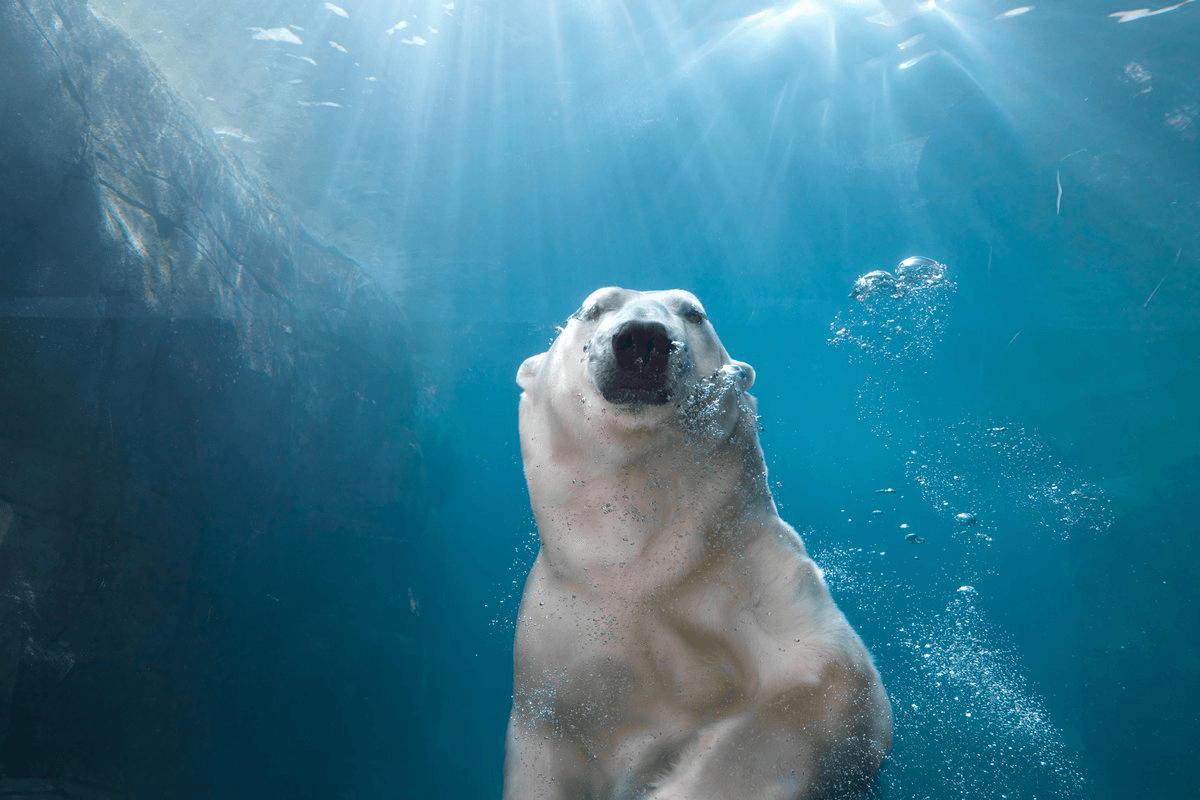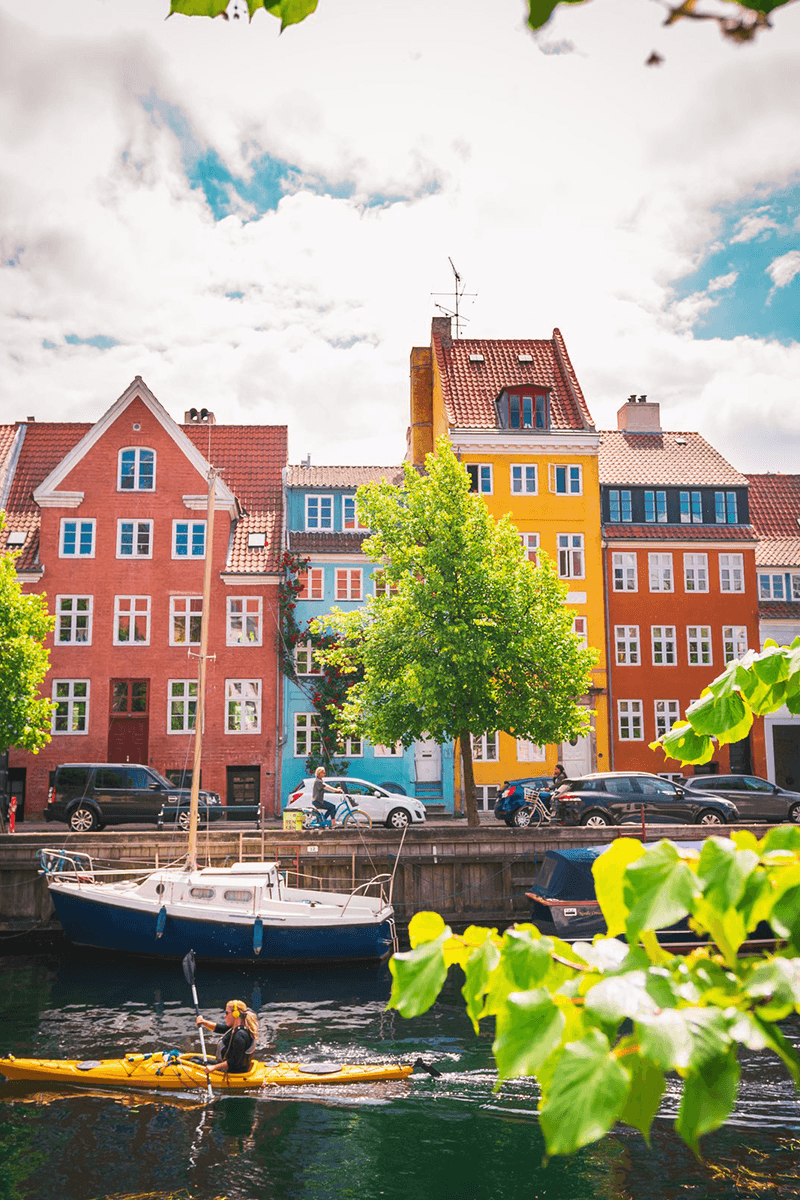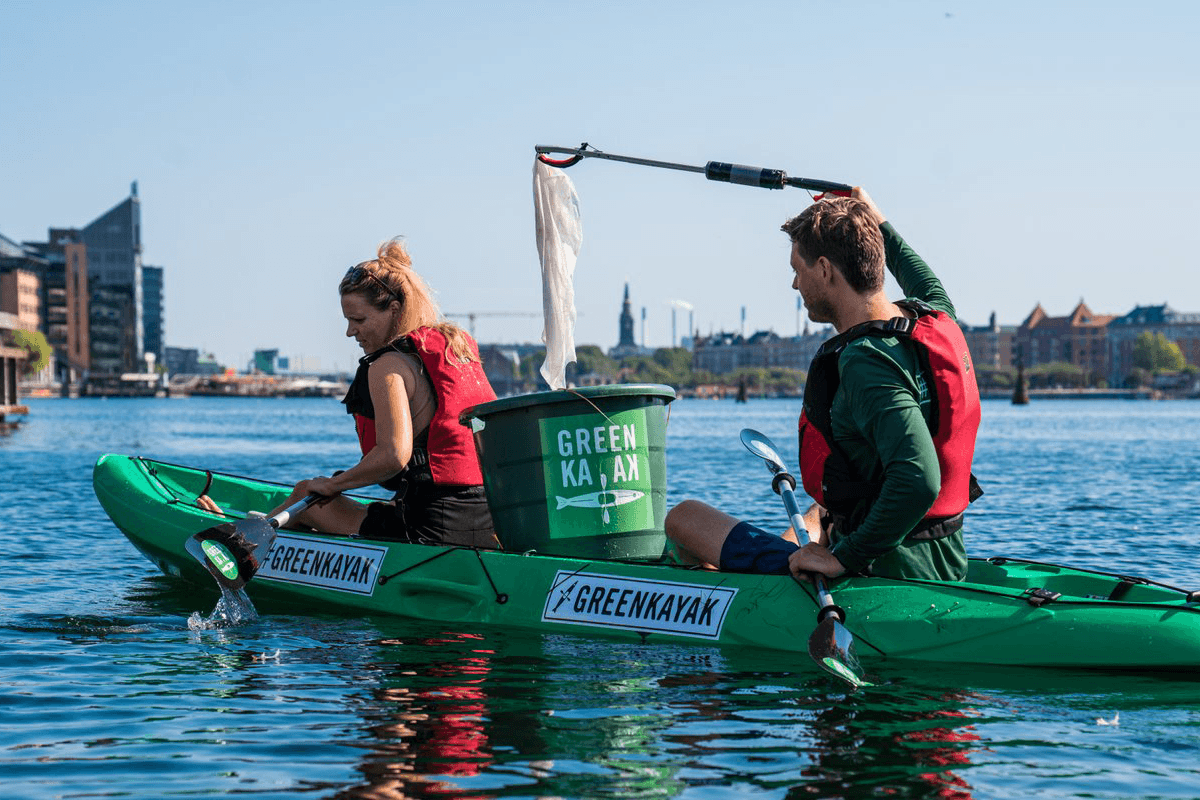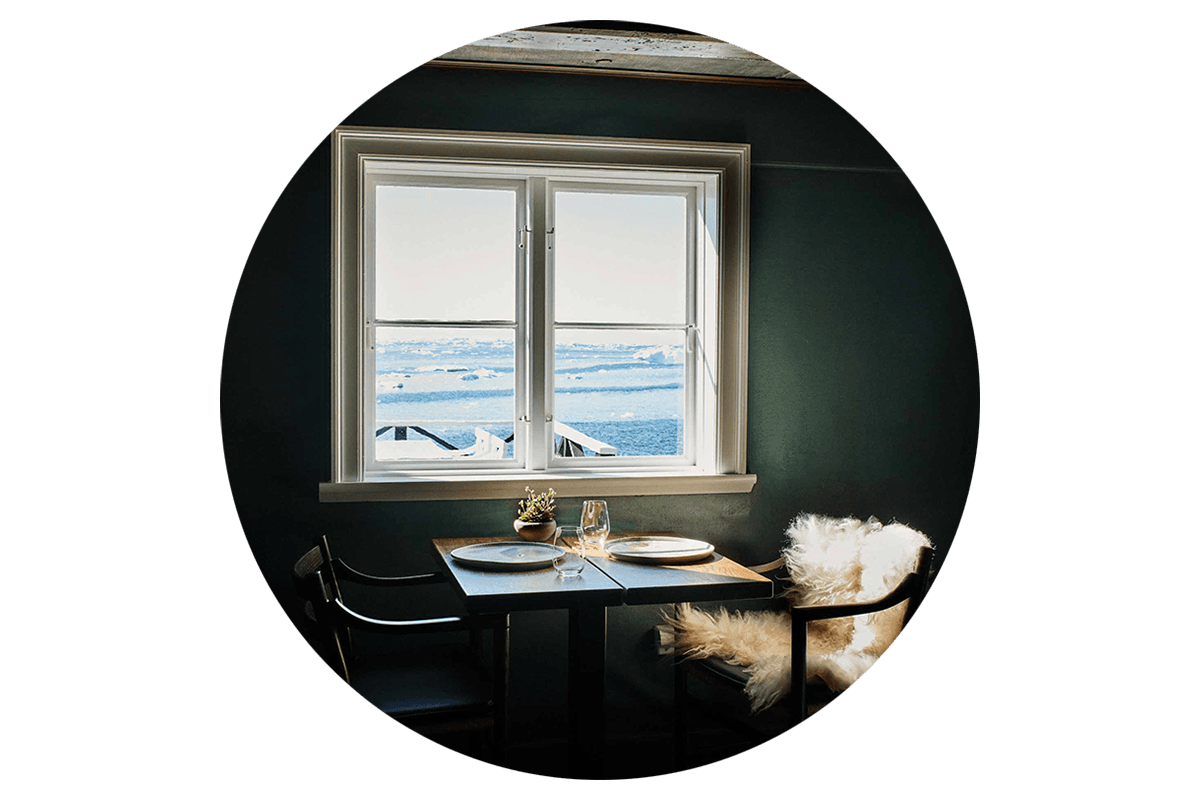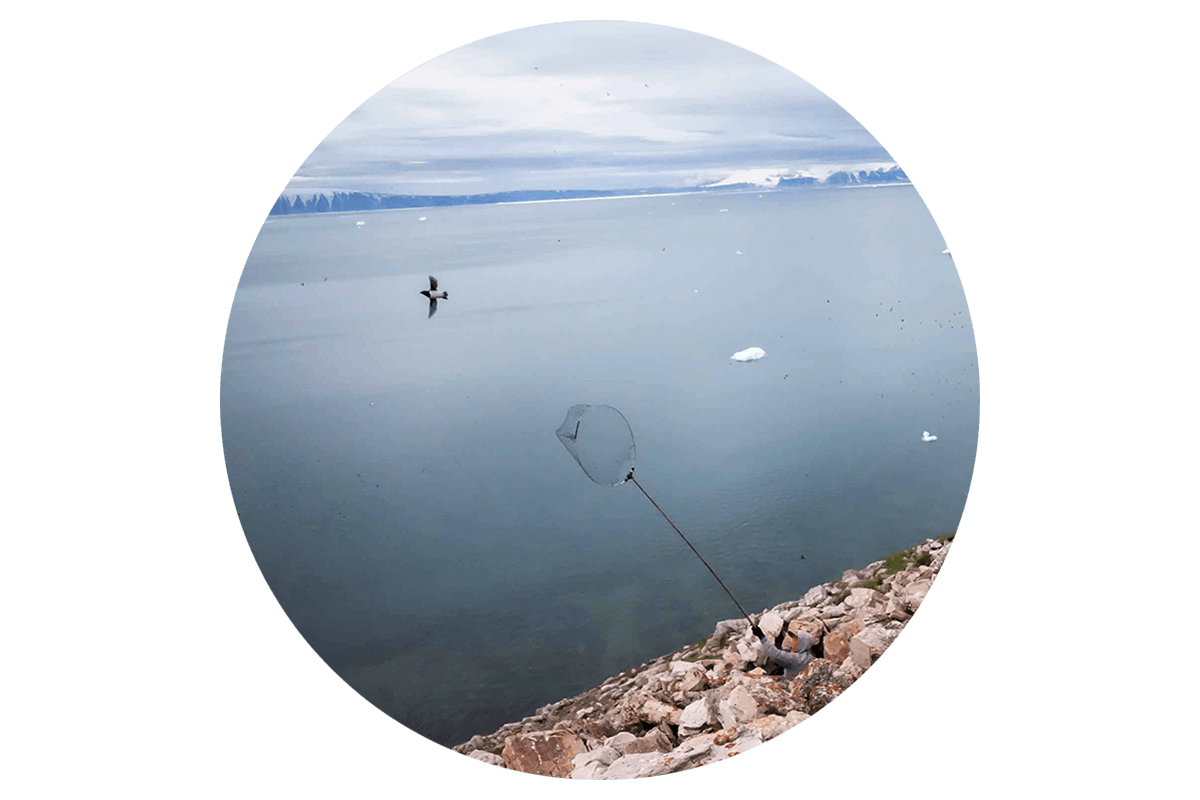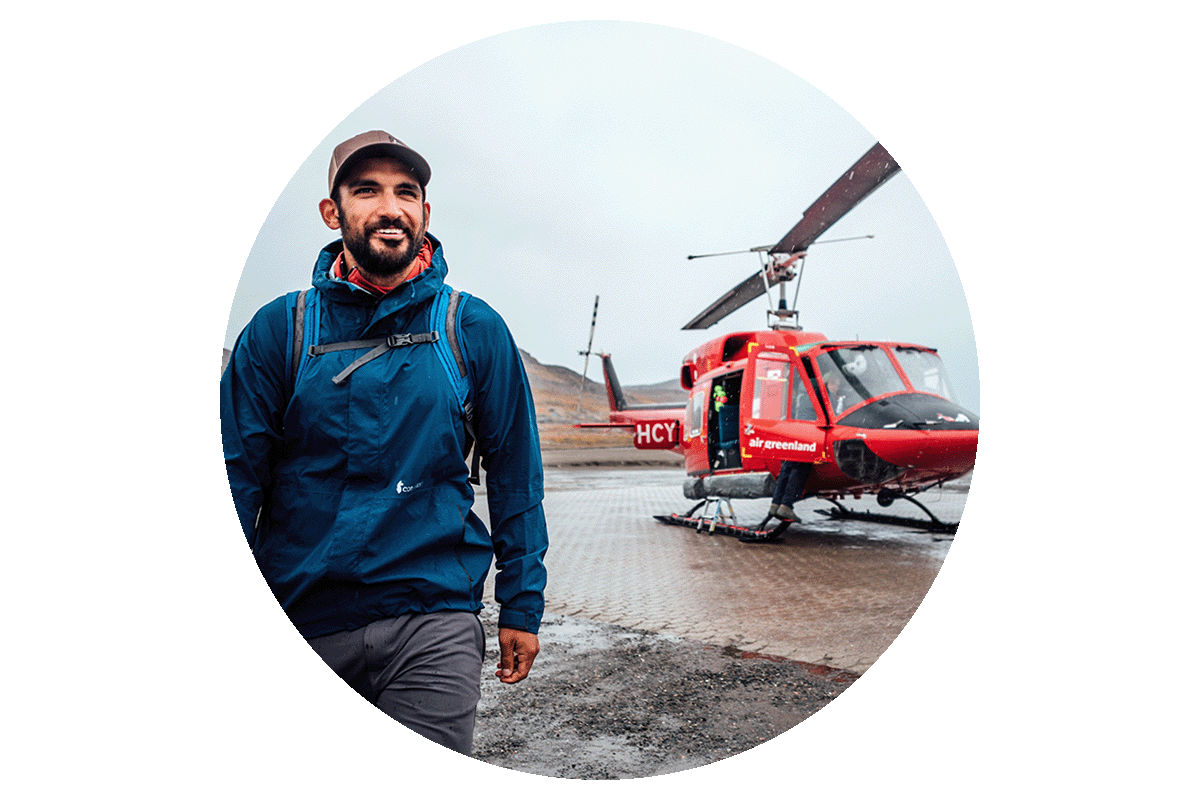When flying to Greenland, most travelers will choose to fly from Copenhagen. If you wish to combine your stopover in the Danish capital with a pre-taste of the Arctic, this guide will help you find Greenland’s strong presence in the city’s cultural and historical sights, from monuments to food and activities for everyone – from families to active explorers. Read this article to find out how to experience Greenland in Copenhagen.
Knud Rasmussen in Copenhagen
Knud Rasmussen is without a doubt the greatest explorer, Greenland and Denmark ever raised. His contribution to the exploration of Greenland is significant. He initiated seven expeditions that each yielded ground-breaking scientific results and caught the interest of the media and academic journals all over the world.
Growing up in Ilulissat with a Greenlandic mother and Danish father, he spoke Greenlandic as well as Danish fluently – and at an early age became interested in dog sledding. A means of transport that has taken him far in the Arctic regions.
At each expedition, he and his team came home with many surprising and innovative research results. These ranged from scientific topics such as botany, geology, meteorology – and more humanities subjects such as ethnography and archeology.
Knud Rasmussen’s statue at Strandvejen
The memories of Knud Rasmussen can be observed if you bike up the coastal road Strandvejen, north of Copenhagen – and end near Skovshoved. Here is a beautiful granite statue of the world-famous polar explorer looking out over the Øresund, the strait of sea dividing Denmark and Sweden.
On one side of the statue, you will find a list including all of Knud Rasmussen’s expeditions. On the other side, a quote (in Danish) by the arctic explorer is carved:
“Only the spirits of the air know
what I will meet behind the mountain,
but I still drive my dogs
further forward,
further forward,
further forward”
Knud Rasmussen’s House in Hundested
If you continue the trip along the coast all the way up to the charming village of Hundested, you will come across Knud Rasmussen’s home and office when he was based in Denmark. Today it is a museum about his life, including the seven expeditions he participated in.
The address is Knud Rasmussensvej 9, 3390 Hundested
Knud Rasmussen’s burial place in Vestre Kirkegaard
Knud Rasmussen died in Copenhagen after his 7th Thule expedition. In 1933, he was buried in the largest cemetery in Scandinavia, Vestre Kirkegaard, which you can visit during your stay in Copenhagen.
Vestre Kirkegaard is a green oasis featuring thousands of trees, flowers and plants, as well as two peaceful, beautiful lakes. The cemetery includes a section dedicated to Greenland, but if you would like to pay a visit to Knud Rasmussen, you will have to look for the lake known as “Det røde hav” (The Red Sea). This name is due to a group of famous Social Democratic (hence “red”) politicians, who are buried on the southern side of the lake close to Knud Rasmussen. One of them is the former prime minister Thorvald Stauning, who donated his own burial spot to Rasmussen’s family to let the polar explorer rest in peace.
Knud Rasmussen’s gravestone is simple, yet majestic: the two meters wide stone is located right on top of a little hill overlooking the lake, which is inhabited by fish, frogs, ducks and herons, as well as plants and trees dipping their branches into the water. The benches right next to Knud Rasmussen’s stone make this a perfect spot for visitors to enjoy nature and silence, perhaps while reading one of the arctic explorer’s Greenland adventures.

